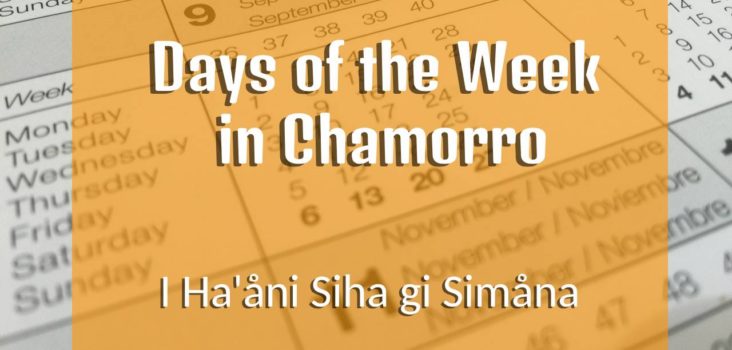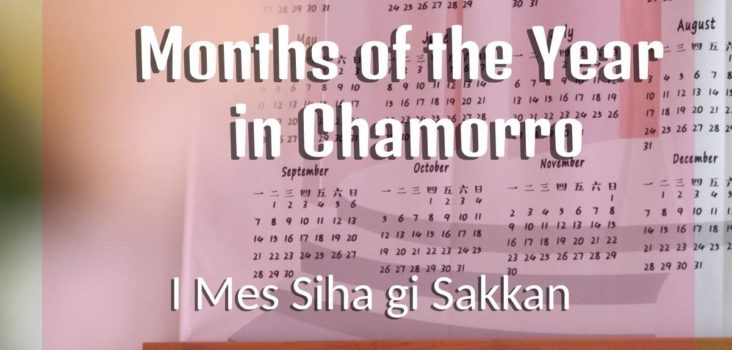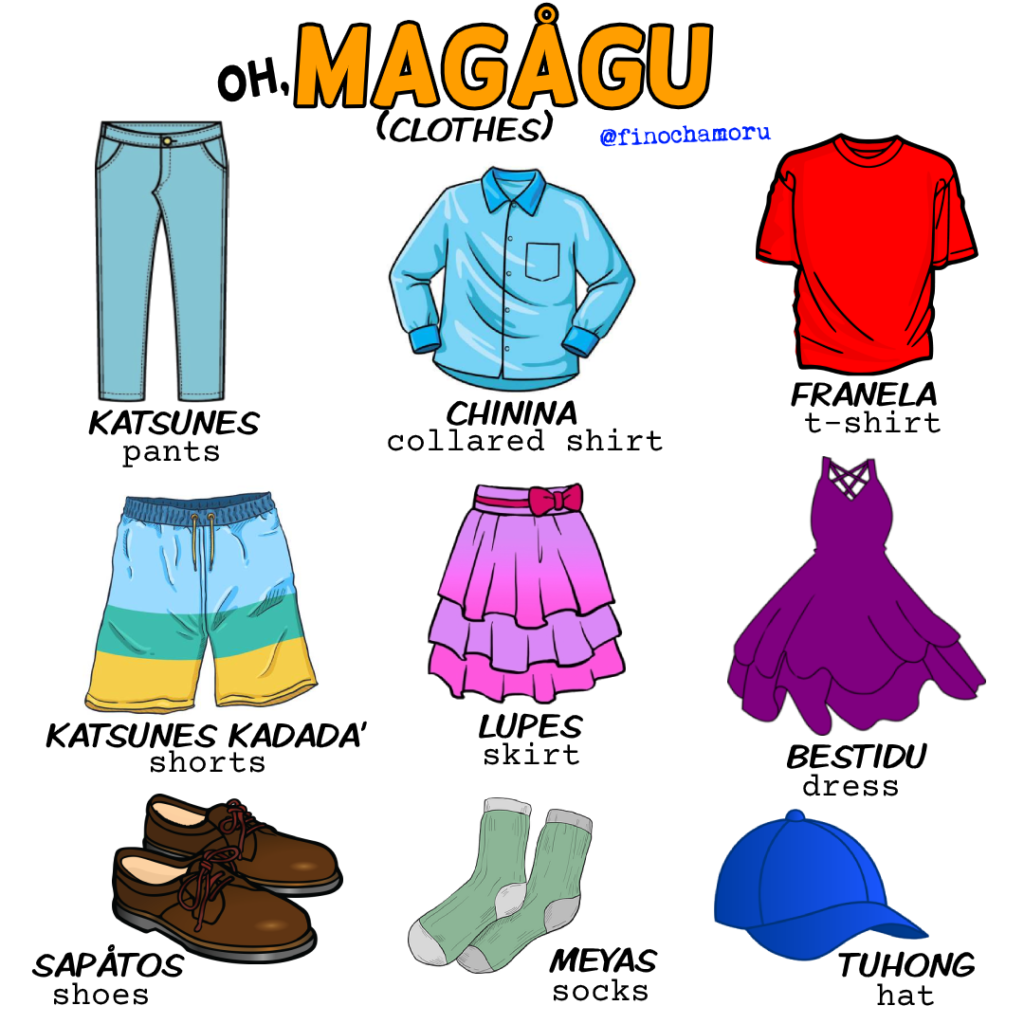Talking About the Weather in Chamorro

The weather is a subject that everyone talks about as it is a sore spot when it’s bad and the highlight of someone’s day when it’s not. This article will hopefully provide enough useful terms so you can talk about the weather in Chamorro.
Bonitu na ha’åni, no?
Beautiful day, isn’t it?
Atan ha’ este na uchan!
Just look at this rain!
Chamorro Weather Vocabulary
To help you learn how to talk about the weather, you’ll have to learn the different words used to describe the weather.
Chamorro Weather Nouns
- weather: i tiempo or i klema
- sun: atdao
- clouds: mapagåhes
- rain: uchan
- thunder: hulu
- lightning: låmlåm
- fog: afao
- wind: månglo’
- storm/typhoon: pakyo
- rainbow: isa
- degrees: grådu
- condition: kondision
- season: tiempo
NOTE: You may have noticed that there are two words for weather: tiempo and klema. They mean the same thing. This can get confusing since you may have already learned and used tiempo in the contexts of talking about time in general, or to refer to a specific period of time, as in a season.
Chamorro Weather Adjectives
- sunny: somnak
- cloudy: nupblådu
- windy: månglo’, guaifon
- rainy: uchan
- bad weather: chata’an
- hot: maipe
- cold: manengheng
A lot of times in Chamorro, a noun can also be used as an adjective. It’s understood that something is “being” that noun. This can be seen in the words uchan yan månglo’, which are the words for “rain” and “wind”, respectively, but can also be understood as “rainy” and “windy”.
Chamorro Words for Extreme Weather Conditions
- storming: papakyo
- earthquake: linao
- rough waters: nåpu
Asking about the Weather
If you need to ask about the weather, you can use the following.
How’s the weather?
Tumaimamanu i tiempo?
What’s the weather like?
Håfa i klema?
Talking about Seasons
Because the Marianas is in the tropics, there are really only two seasons:
- tiempon somnak – dry season (lit. “sunny season”)
- tiempon uchan – rainy season (lit. “rainy season”)
Featured Image Photo by Brett Sayles from Pexels



